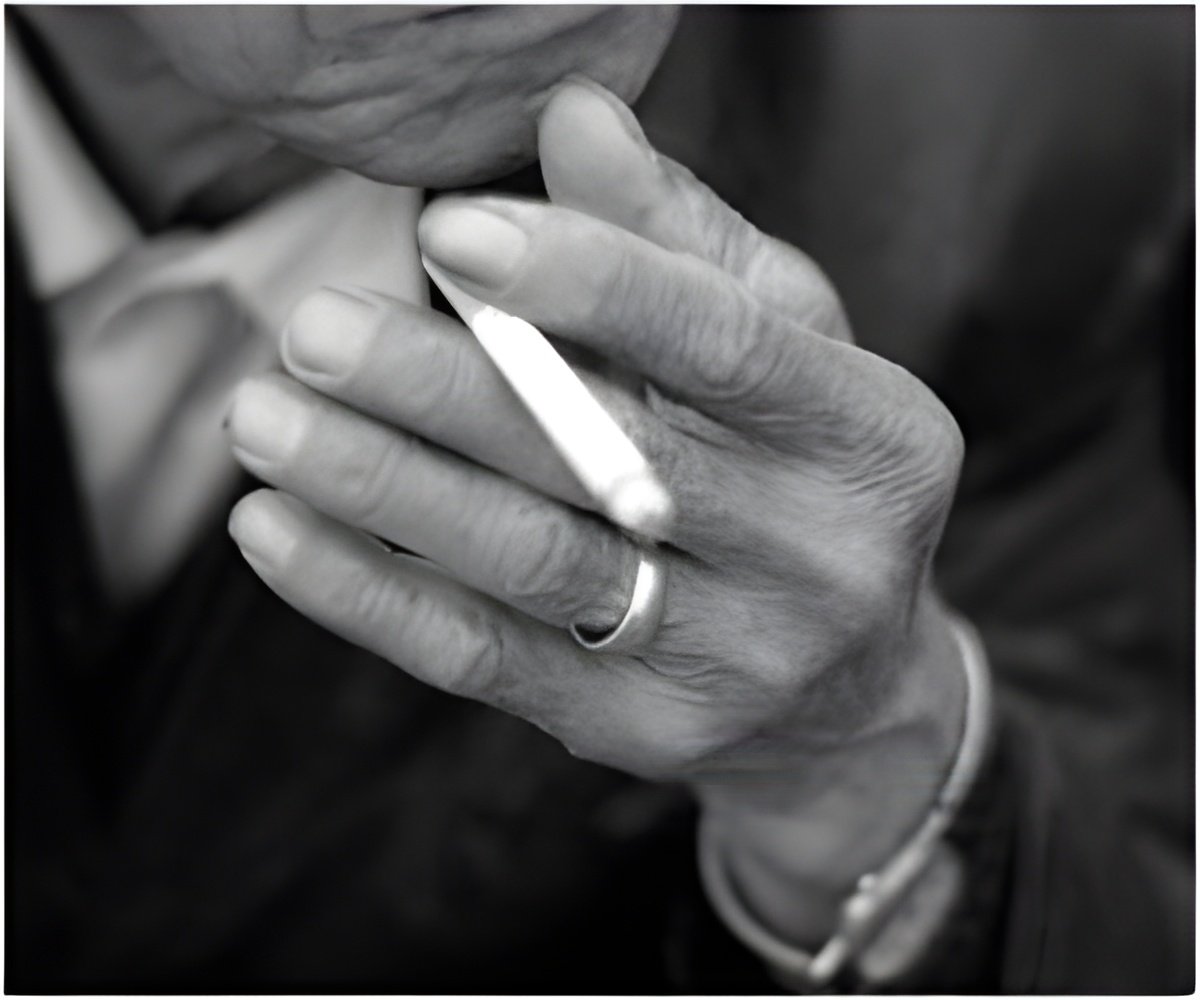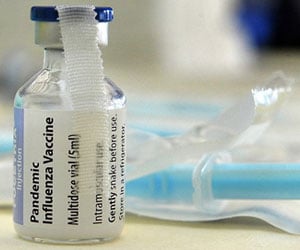
Researchers from the American Academy of Pediatrics Julius B. Richmond Center of Excellence surveyed a nationally representative sample of adults living in apartments to examine factors associated with unwanted tobacco smoke. The center, named for a former U.S. surgeon general, is committed to protecting children from tobacco and secondhand smoke.
Apartment dwellers were asked whether they experienced smoke incursion, which was defined as smelling tobacco smoke in their building and/or unit. They also were asked if they had children and if their apartment building had any smoking restrictions. Only respondents who reported that no one had smoked in their home for the previous three months were included in the study.
Results showed that nearly one-third of the 323 eligible respondents reported smelling tobacco smoke in their buildings, and half of these residents reported smelling smoke in their own units. In particular, residents with children were more likely to smell smoke in their building than those with no children (41 percent vs. 26 percent).
Survey results also showed that 38 percent of those who reported smelling smoke said they did so weekly, while 12 percent smelled smoke daily.
"A significant number of residents of multi-unit housing are being unwillingly exposed to tobacco smoke, in some cases on a daily basis, and children seem to be especially vulnerable," said lead author Karen M. Wilson, MD, MPH, FAAP, section head, pediatric hospital medicine at Children's Hospital Colorado and assistant professor of pediatrics, University of Colorado School of Medicine. "This exposure could put children at risk for respiratory diseases and illness if it is persistent or if the child has a significant respiratory illness such as asthma or cystic fibrosis."
Advertisement
Residents receiving government housing subsidies also were more likely to smell smoke.
Advertisement
Partial measures, such as limiting common area smoking, appeared to be ineffective at protecting nonsmokers from exposure in their own units. As long as smoking was allowed in the individual units of a building, higher rates of exposure were reported. Only completely smoke-free buildings were associated with lower incursion rates.
"This finding supports grassroots efforts by multi-unit housing resident groups, apartment managers and owners to make buildings smoke-free for the comfort, health and safety of their residents, and because of the far lower costs associated with managing nonsmoking apartments," Dr. Wilson concluded.
Source-Eurekalert













